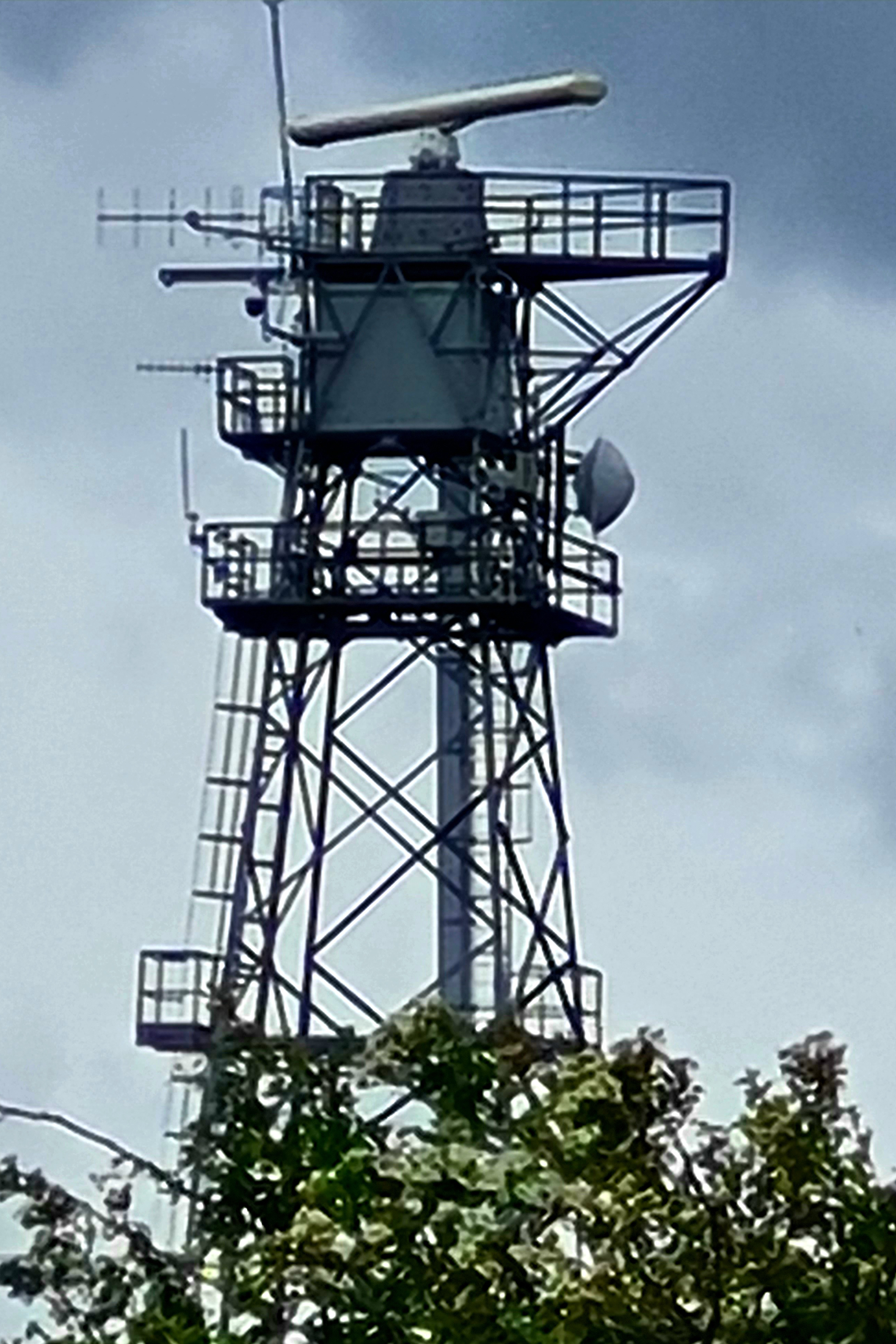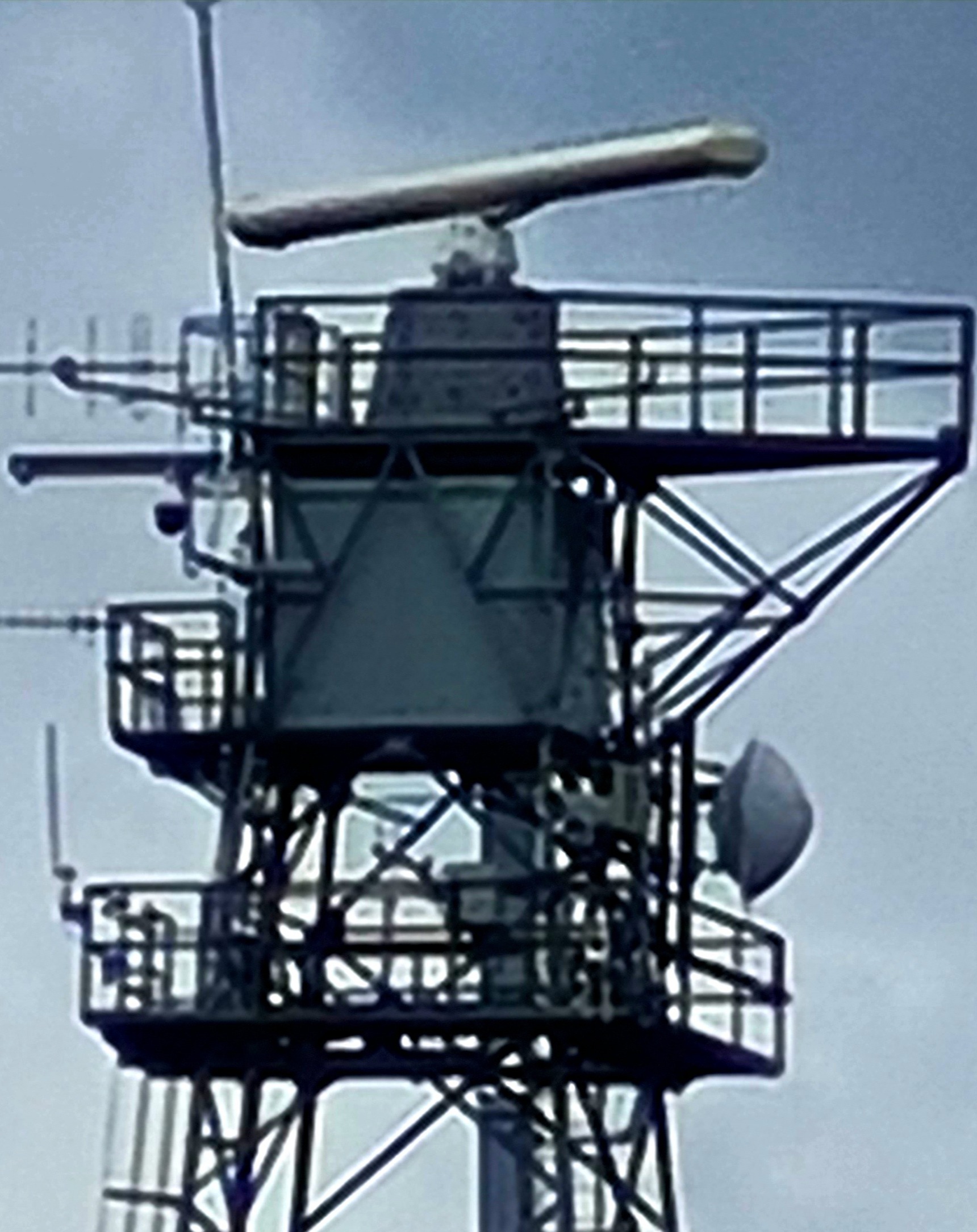Londinium was established along the river Thames by the Romans around 50AD, it later became a major trading and ship building area for the Saxons, Normans and Tudors. It wasn’t until the 16th century that it became the centre of shipbuilding and repair. In 1558 a commission was set up to select legal quays for imports and by 1576 London was the world’s first trading port.
Within two centuries London was unable to cope with the trade entering and Parliament authorised the building of two new docks and warehousing on the Isle of Dogs that opened in August 1802. Approval of more docks followed, which saw the East India Dock, Millwall Dock and the Royal Albert Docks.
Trade flourished but by the end of the 19th century improvement works was required and without a clear way forward a Royal Commission conducted a governing review. A report issued in June 1902 recommended creating a central body—the Port of London Authority—who begun duties on 31st March 1909, they have been obliged to provide quays, wharfs and warehousing since.
The Thames and London’s Docks suffered heavily during WWII, with bombs falling on the heavily targeted river from 1919 until late 1941. Almost 900 missiles, as well thousands of incendiary bombs fell on PLA property.
Post-war reconstruction was competed and in 1964 trade topped 61m tonnes but the introduction of container shipping had a drastic effect and subsequently the docks fell into economic decline.
Today the PLA is responsible for maintaining river channels for navigation, moorings, lights and buoys and in providing a wide range of services for shipping including pilotage services.

